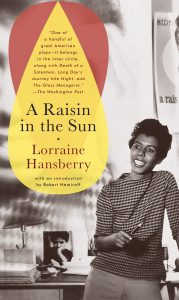
A Raisin in the Sun is a ground-breaking book written by Lorraine, the first African-American female author to have a play performed on Broadway. The play is set on Chicago’s South Side, revolving around the struggles and conflicts of three generations of a working-class black family during the 1950s. Newsweek considered the play a “pivotal play in the history of the American Black theatre” because of the character development as the Civil Rights movement took off. The play sent a universal message of desire for equality and social progress in a society of segregation.
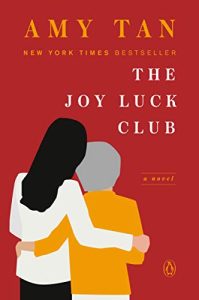
The Joy Luck Club shares the story of four families who recently immigrated to San Francisco, United States, from China in 1949. The story sets the context of four women meeting and sharing their stories while eating dim sum and playing mahjong. Thus, the Joy Luck Club is born. They have a shared experience and their American-born daughters have been the core of the story to share what it’s like growing up in an immigrant family in America. The women in the book experience ups and downs, love and loss, struggles and achievements, but they support each other and help lift the other person at the end of the day.
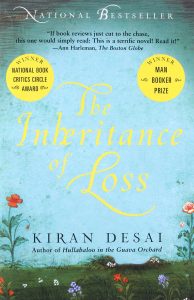
The Inheritance of Loss is an award-winning novel by Kiran Desai. The story centers around the lives of a judge and his orphaned daughter at the foot of Mount Kanchenjunga in the Himalayas and his son – an illegal immigrant- who is hopscotching from one NY restaurant to another. The story reveals the fate of powerless individuals while exploring international issues related to economic inequality, multiculturalism, and more. All characters seem different, but they all share a similar “historical legacy and a common experience of impotence and humiliation.” Kiran Desai’s novel is a story of joy and despair.
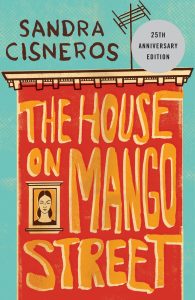
The House on Mango Street is the story of Esperanza Cordero, a Chicana (Mexican American girl) who moves with her family to a house on Mango Street in Chicago. This novel covers the theme of the struggle for self-definition and coming-of-age because it tells the story of Esperanza’s growth emotionally, artistically, and sexually. While exploring her identity and society, she experiences poverty, racism, and male oppression, while discovering the beauty of poetry and music. Sandra’s storytelling leads to Esperanza’s escape from Mango Street emotionally, later physically through education and financial independence.
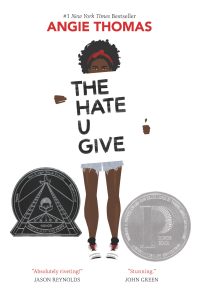
The Hate U Give is Angie Thomas’s debut novel, centered around the killing of an unarmed black teen by a white police officer, witnessed by sixteen-year-old Starr Carter. Starr Carter is a black teen from a poor neighborhood who attends an elite, predominately white private school. The uneasy balance is shattered when she becomes a witness to the shooting of her childhood best friend. After the incident, she spoke up in public ways, creating social tension along with the jury’s decision not to indict the police officer. The book was later adapted into a film in 2018 and an audiobook. Since its release, the book has won multiple awards and its expansion to a different format.
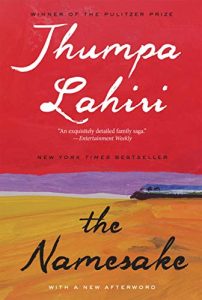
The Namesake is the story of an Indian immigrant family who moved to the United States. The author reveals the immigrant experience and the tangled ties between generations: the parents want to be American-ize while clinging to their identity and culture from home. The American-born children become more and more foreign to the traditions. The Namesake takes us through “the defining power of the names and expectations bestowed upon us by our parents, but also how we slowly, sometimes painfully, come to define ourselves.”
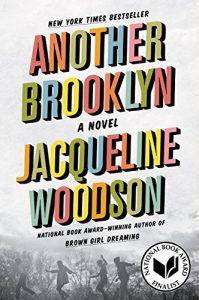
Jacqueline Woodson captured the 1970s Brooklyn through the novel. The novel follows August, an adult anthropologist when she comes to New York to bury her father. August walks us through her teenage years, a time and a place where friendship was everything to her. She experienced two Brooklyn, one was a promised land, a beautiful place filled with tablets and future, and one was a dangerous place for girls at night. The novel is impressive and opposite to a traditional plot because August’s fragmented memory and short paragraphs imply suspension and curiosity.
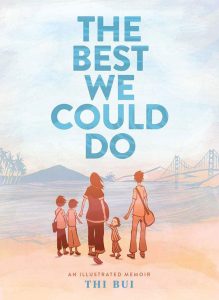
The beautiful and emotional memoir is written by Thi Bui, telling the story of Bui’s parents’ lives before, during the Vietnam War, and after they escaped to America due to the fall of South Vietnam in the 1970s. Like other immigrant families, Thi Bui struggled to search for a better future and home in a foreign country while longing for her identity and culture in Vietnam. The Pulitzer Prize-winning novelist Viet Thanh Nguyen calls this novel “a book to break your heart and heal it.” The novel provides the reader with a powerful personal story of overcoming struggles and the refugee experience in that period of Vietnam history.
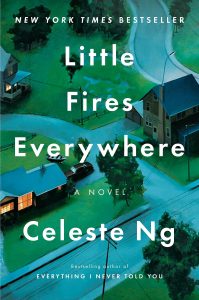
Little Fires Everywhere is a national, international, and #1 New York Times bestseller. The author reveals the story of Mia Warren in Shaker Heights, Ohio. Mia is an artist and a single mother, carrying her mysterious past and a disregard for the status quo, becoming a threat to the carefully ordered community. The tension rises with the adoption of a Chinese-American baby, with the uncovering of Mia’s past. Little Fires Everywhere “explores the weight of secrets, the nature of art and identity, and the ferocious pull of motherhood–and the danger of believing that following the rules can avert disaster.”
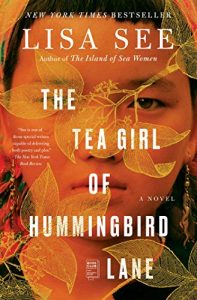
The Tea Girl of Hummingbird Lane tells the story of Li-yan and her family living in the remote mountain village of the Akha tribe of China’s Yunnan province, around the story of the tea-growing family. Li-yan has to overcome the harsh custom of the village and escapes the village for better education, a life, and a business, while adoptive parents raise her daughter. The whole story surrounds the study of Pu’er in discovering the mother’s struggle and the daughter’s longing to find her origin. Overall, it’s a beautiful story about family, culture, and distance.

Toni Morrison wrote beloved to tell the story of Sethe, a formerly enslaved person who escaped to Ohio but is haunted by the memories, the shame, and grief for her daughter, who died years ago. While the evil spirit of her daughter haunts Sethe’s new home, here comes Beloved (the name engraved on the daughter’s tombstone). As Beloved appears mysteriously by the doorstep, Sethe started to relive the grief and shame towards her action to her daughter years ago. The story discusses mother-daughter relationships, family relationships, manhood, and the psychological impact of slavery on people.










